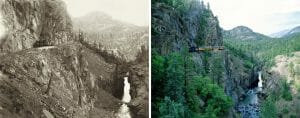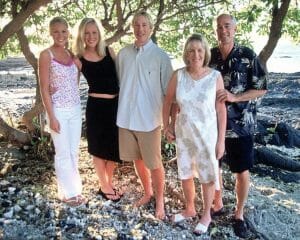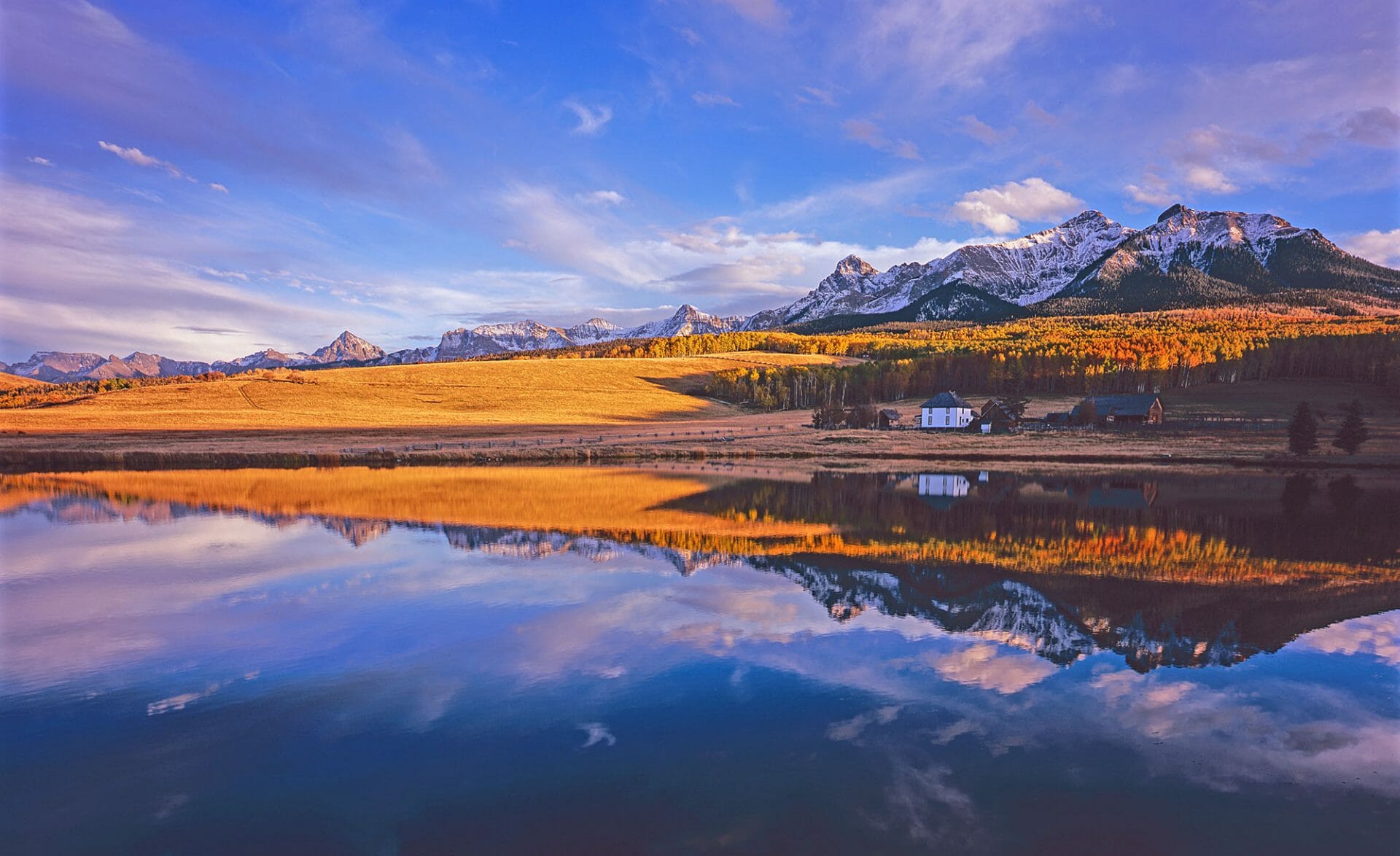Born in Washington D.C., Fielder grew up in Connecticut and Charlotte, N.C. A middle school science teacher, Mrs. Hickman, had a massive impact on him. “She took me and six other kids on field trips across the nation, showing us things we had, until then, only studied in our science classes,” he remembered years later. “She is the one who showed me Colorado for the first time.” He fell in love with the state, and took summer jobs there during his high school and college years. He moved there permanently after graduating from Duke University. Inspired by the beauty around him, Fielder took up photography at age 23, and that is what he became known for: Colorado nature photography. By 31 he quit his Day Job to concentrate on photography full time. “I am proud of the fact that my photographs were used to help pass the 1993 Colorado Wilderness Bill,” he said of his work. “They were used to acquaint people and politicians with the beauty of the places they talked so much about. This bill protects some of Colorado’s last remaining wild places, mostly in the mountains.”

In 1870, photographer William Henry Jackson was asked to join the U.S. government survey, taking an estimated 10,000 glass-plate photographs of the American West. (He too loved Colorado: he later moved to Denver and opened a photographic studio there.) In 1998, Fielder chose 300 of Jackson’s Colorado photos and hunted the exact location each was taken, and made a photo of the same view. They were published side by side in books (Colorado 1870-2000, Volume 1 and Volume 2 *), which became best-sellers. They were just two of about 30 books of Fielder’s photographs, almost all of which were taken in Colorado.

Along the way he went through tragedy: his wife, Gigi, was diagnosed with early-onset Alzheimer’s disease at 52; she died in 2005. His son, JT, killed himself in 2006, at 26. “The favorite word of my life is perspective, both professionally as a photographer and personally as a human being,” Fielder said. “Without difficult times, you can’t appreciate good times. … Perspective is critical.”
History Colorado was established in 1879 as the collective memory of the state — it’s both a nonprofit organization and a part of the state’s Department of Higher Education. Shortly after Fielder was diagnosed with pancreatic cancer, he donated the rights to his photographs to the public domain, to be archived and curated by History Colorado, which also has the 10,000 original plates by William Henry Jackson. “I have decided to donate my life’s work of photography to you, the people of Colorado,” Fielder said when he announced the gift in January 2023. “Humanity will not survive without the preservation of biodiversity on Earth, and I have been honored to use my photography to influence people and legislation to protect our natural and rural environments.” Fielder died from the disease on August 11, at 73.

